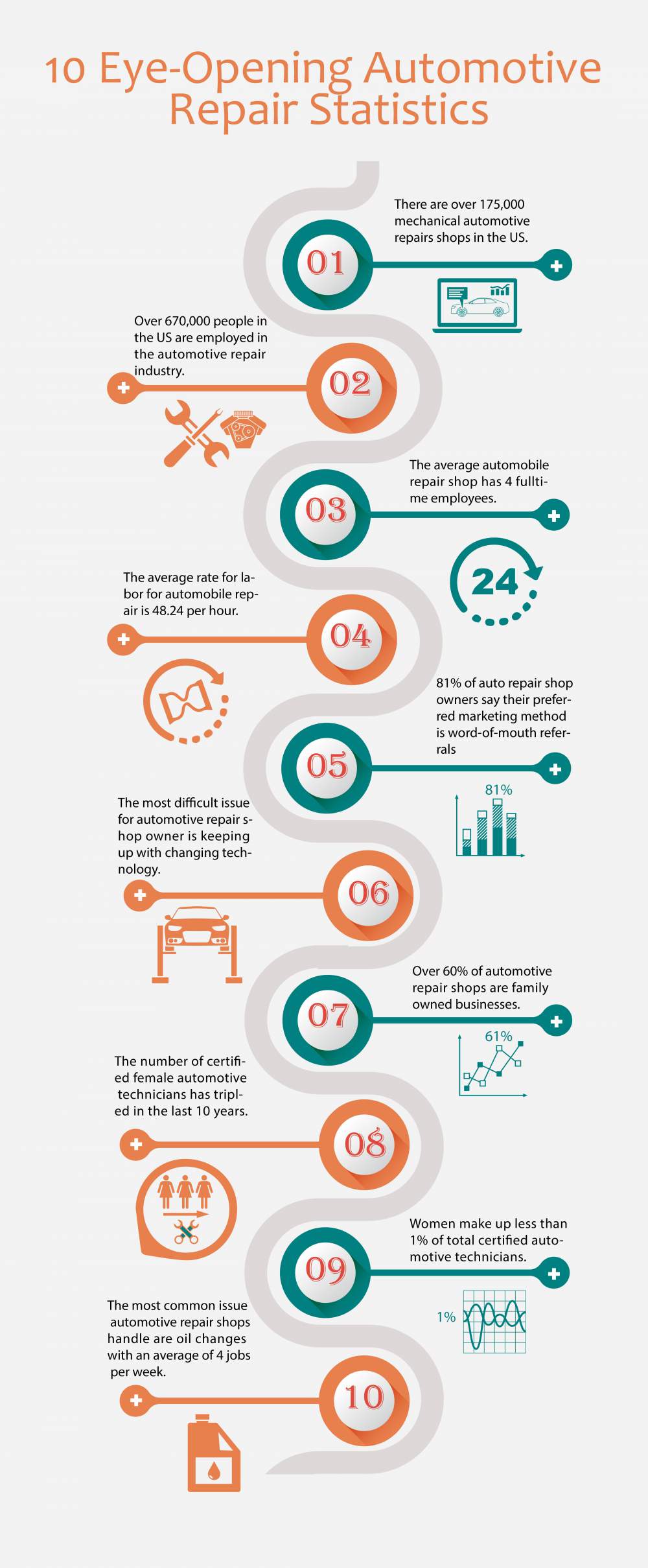When you're behind the wheel, those glowing caution lights on your control panel can be a little bit complicated. Do you understand what they're trying to tell you about your vehicle's wellness? Comprehending the value of these lights is crucial for your safety and the durability of your lorry. So, the following time one of those lights pops up, wouldn't you want to decode its message accurately and take the required actions to resolve it?
Common Warning Lights and Interpretations
Recognize typical warning lights in your vehicle and understand their definitions to ensure secure driving.
One of the most normal warning lights consist of the check engine light, which signals concerns with the engine or exhausts system. If this light comes on, it's essential to have your car inspected without delay.
The oil stress alerting light suggests reduced oil pressure, calling for prompt focus to stop engine damages.
A flashing battery light may recommend a faulty charging system, possibly leaving you stranded if not addressed.
The tire stress surveillance system (TPMS) light signals you to reduced tire stress, influencing car stability and gas efficiency. Ignoring this can lead to dangerous driving problems.
The ABS light indicates a problem with the anti-lock stopping system, compromising your capability to quit promptly in emergency situations.
Lastly, the coolant temperature level alerting light warns of engine overheating, which can result in extreme damages otherwise settled quickly.
Recognizing these common warning lights will certainly assist you resolve issues promptly and keep risk-free driving problems.
Significance of Prompt Interest
Comprehending the typical caution lights in your car is just the primary step; the importance of without delay resolving these warnings can't be emphasized enough to guarantee your safety and security when traveling.
When a caution light brightens on your dashboard, it's your auto's way of communicating a prospective problem that needs focus. Disregarding these cautions can cause much more serious problems down the road, jeopardizing your security and potentially costing you extra out of commission.
Motivate focus to cautioning lights can prevent failures and accidents. For example, a flashing check engine light can indicate a misfire that, if left unattended, could create damages to the catalytic converter. Resolving https://bestoilchangenearme39516.blogitright.com/31325322/vital-tools-that-every-auto-fixing-center-must-consist-of can save you from a costly repair work.
Similarly, a brake system advising light might indicate low brake liquid or worn brake pads, essential components for your safety and security when driving.
Do It Yourself Troubleshooting Tips
If you observe a caution light on your control panel, there are a couple of do it yourself troubleshooting pointers you can attempt prior to seeking expert aid.
The initial step is to consult your car's handbook to recognize what the specific warning light suggests. Sometimes the concern can be as basic as a loose gas cap causing the check engine light. Tightening the gas cap might settle the problem.
One more typical issue is a reduced battery, which can trigger numerous cautioning lights. Inspecting the battery connections for deterioration and guaranteeing they're safe and secure may take care of the issue.
If a warning light continues, you can attempt resetting it by separating the automobile's battery for a couple of mins and after that reconnecting it. Additionally, inspecting your car's liquid degrees, such as oil, coolant, and brake liquid, can aid repair cautioning lights related to these systems.
https://www.beaconjournal.com/story/news/2021/11/22/akrons-giant-auto-parts-finds-niche-testing-used-catalytic-converters/8640538002/
To conclude, comprehending your cars and truck's caution lights is important for keeping your vehicle running smoothly and securely. By immediately dealing with https://cruzlcsmc.targetblogs.com/31731267/the-role-of-automobile-outlining-in-enhancing-resale-worth-evidence-from-research-study and understanding what they imply, you can prevent expensive fixings and potential malfunctions.
Remember to consult your automobile's handbook for particular information on each cautioning light and do something about it as necessary to ensure a trouble-free driving experience.
Remain notified, remain risk-free when driving!
